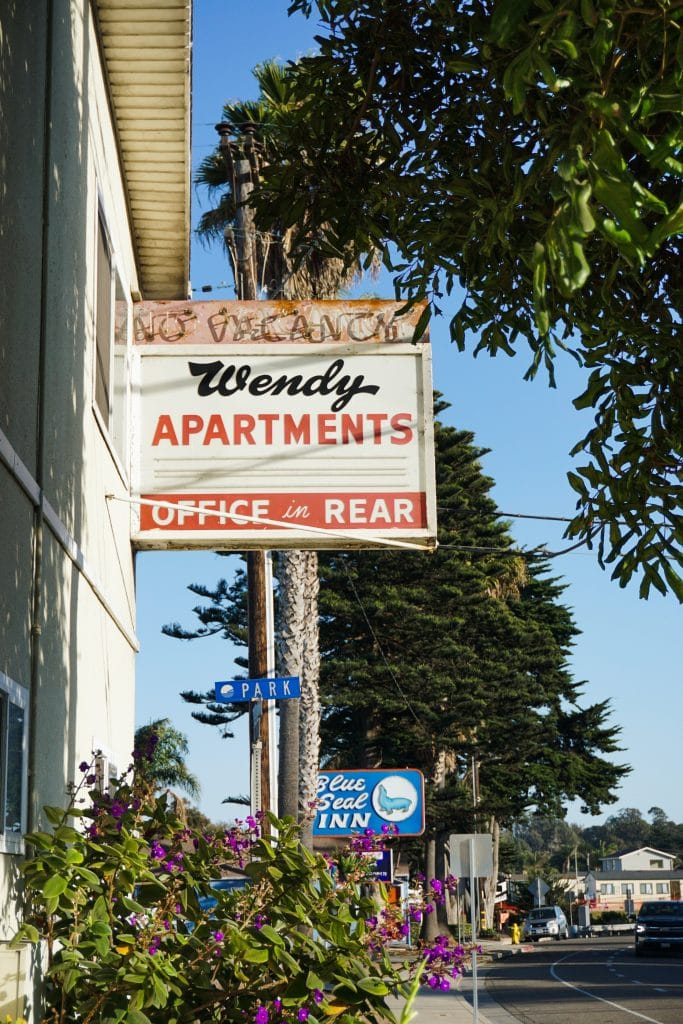Exciting Development for Pseudo-Soviet Relic
- The University of Texas and MD Anderson announced a partnership to build two new hospital buildings in Austin.
- The two new buildings will be a cancer center and a specialty hospital.
- It will bring a number of new jobs and is scheduled to be finished at the end of this decade.
That’s an interesting title. What is Bukowski writing about this week? The Soviet Union? Maybe the KLM line? No. Sadly I am not writing about the Miracle on Ice or anything like that. But I am writing about a very exciting development announced last week in Austin.
The University of Texas announced that it is going to expand its hospital. And this is great news for our city. It will bring a lot of new jobs plus enhanced health care to Central Texas. Not to mention additional research facilities and prestige to the University. So lets talk about it.
MD Anderson and the University of Texas Team Up on Hospital Expansion
I moved from Dallas to Austin in late 2010. It was a great move – I love it here and still get to go up to Dallas every month. There were, however, a number of surprises when I moved here. And one of those was certainly the Frank Irwin Center. While it was pretty nice inside – from the outside it looked like a relic of 70s Soviet architecture. No windows? Anywhere? Not a beautiful building by any stretch.
So the Moody Center was certainly a welcome addition when it was completed last year. And now comes news that the eyesore known as the Frank Irwin Center is to be torn down and replaced with a new hospital. That should be a win for Austin.
The University of Texas and MD Anderson announced a new $2.5 billion partnership last week. The two parties are jointly going to develop a new hospital and research center on the Frank Irwin site. According to the parties, they will build two new towers to start. One will be a UT/MD Anderson cancer center. The other will be a UT specialty hospital.
These new buildings will greatly expand treatment options for patients. The long-term goal is that Central Texans will not have to travel to Houston for specialized cancer treatment. We will be able to get that high quality care right here in Austin. And, of course, the expansion will provide a lot of research opportunities.
When completed, it is projected that the hospital will bring 4,000-5,000 jobs to Austin. And it will bring increased visibility and prestige to the University of Texas and Dell Medical Center. Which is only beneficial for the whole State.
The new hospital is expected to be completed in 2029 or 2030.
How Will the New Hospital Affect the Area?
I need to write an entire follow up on the I-35 renovations that are being floated around by TxDot. I need to dig into those and figure out exactly what the proposals are. But TxDot is planning to add at least two HOV lanes in each direction. For that, I assume it will have to condemn land on both sides of the freeway. And the Frank Irwin Center is built pretty close to I-35. So its not clear to me how all of that is going to work. As the proposals become more distinctive, we will write more about what is planned.
Otherwise, two more hospital buildings on the Irwin site should only improve that area. There will be a need for more hospital support. And that could help create new, exciting mixed use development.
So for now, this seems like a great win for Austin.



